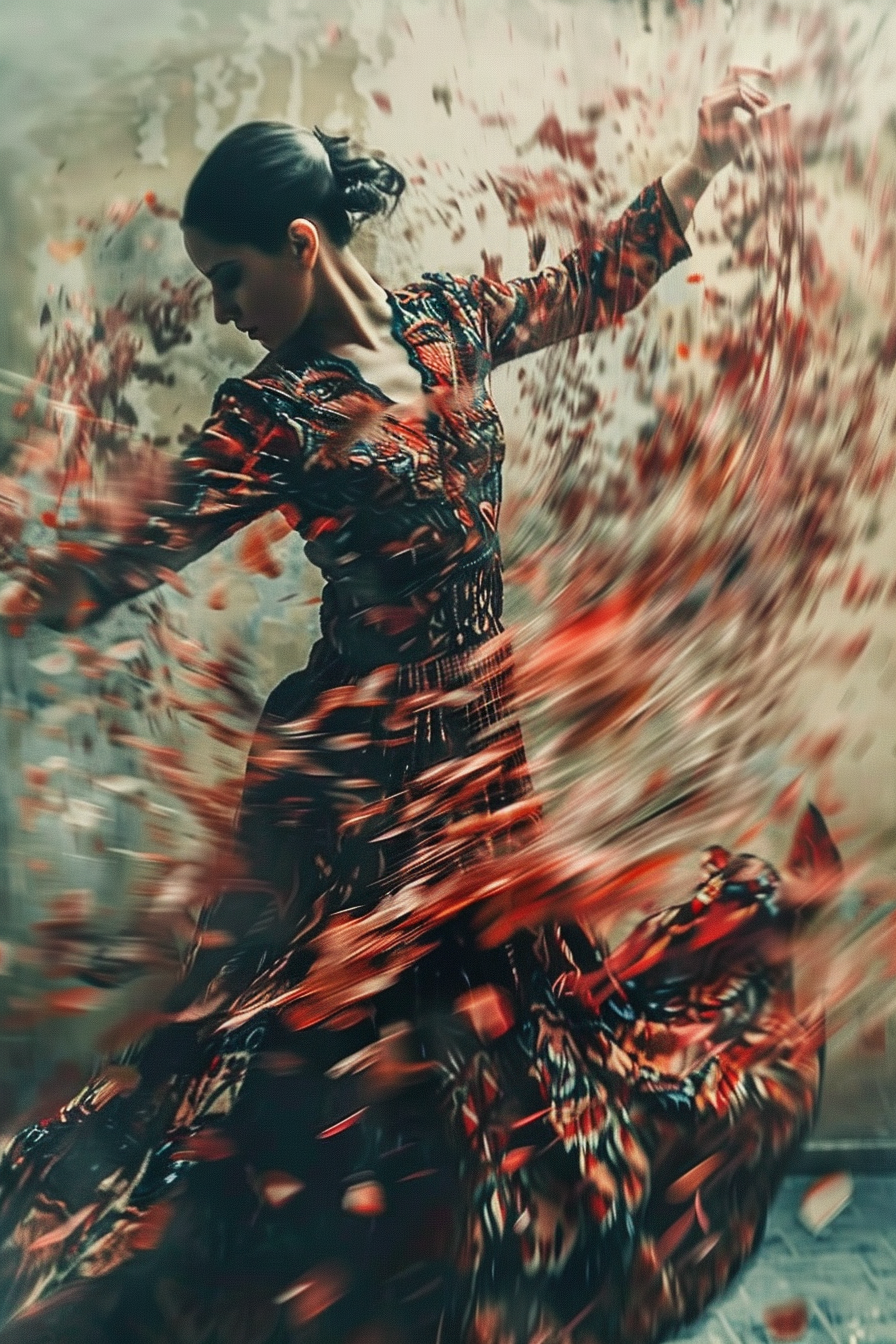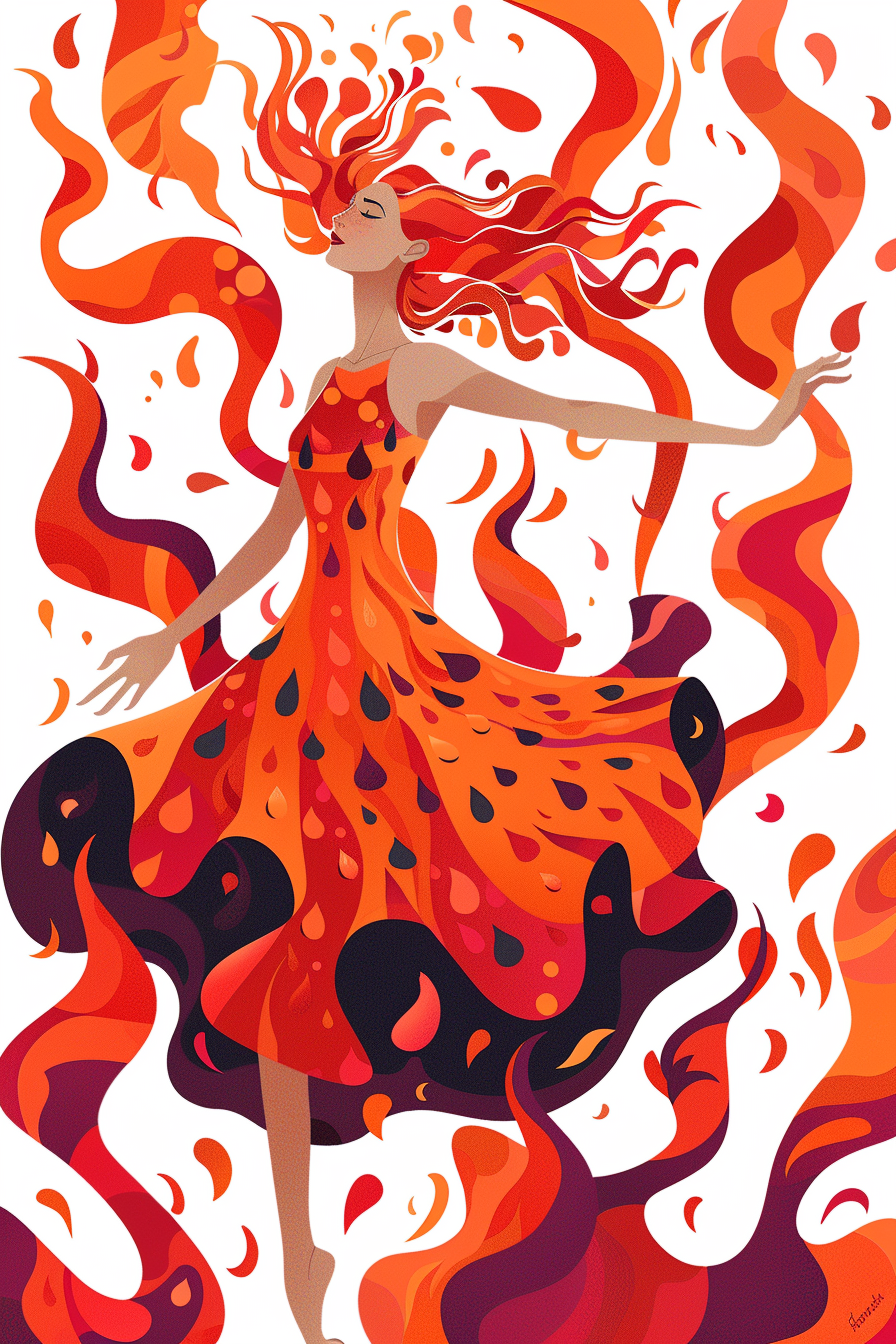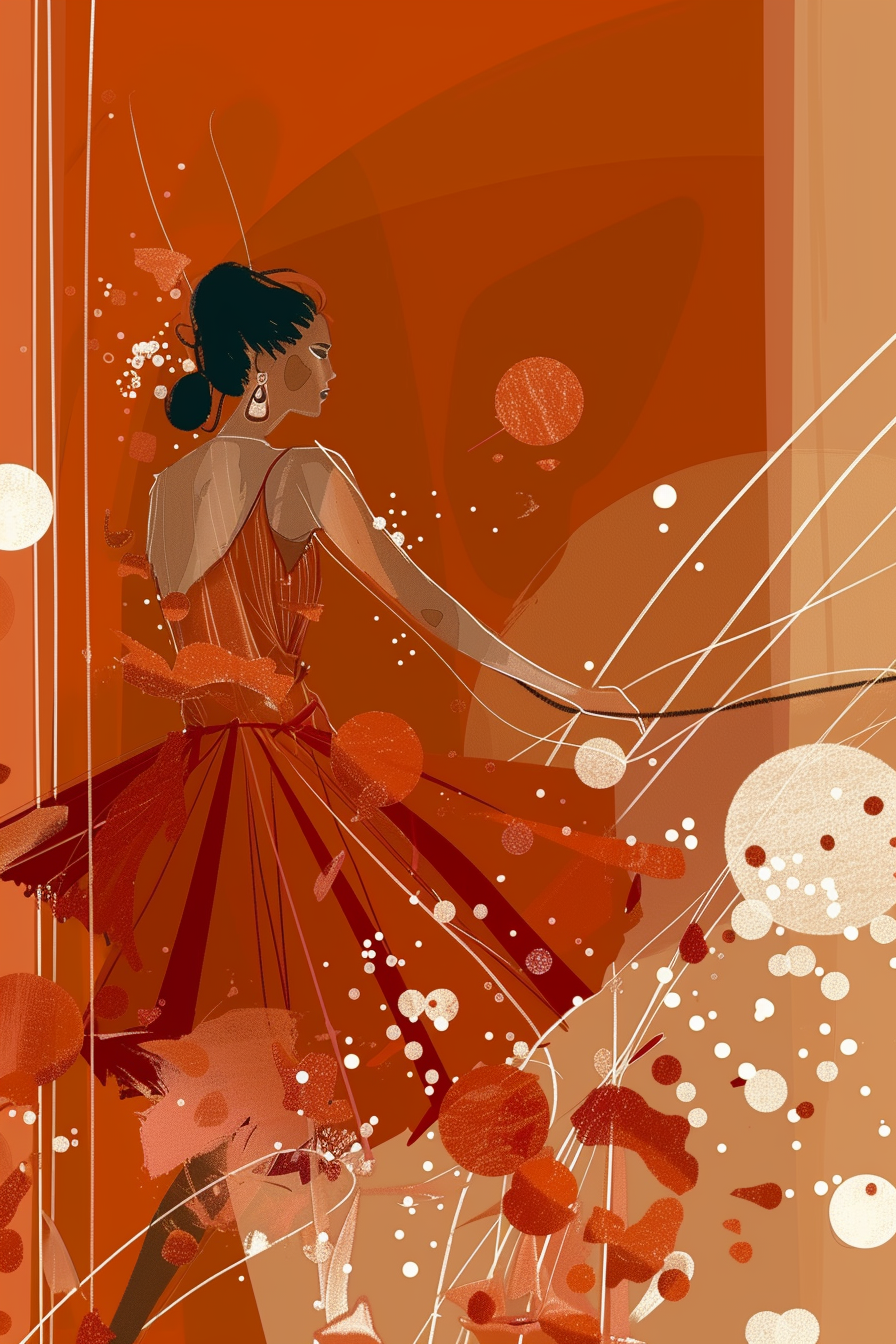The Soulful Echoes of Flamenco: Spain's Intangible Heritage
The Fiery Heartbeat of Spain
Flamenco is not just a dance; it's an emotional journey expressed through the intricate rhythm of feet and the soul-stirring strum of guitars. This blog post dives into the depths of Flamenco, exploring its origins, cultural significance, and why it continues to captivate audiences worldwide.
Origins and Evolution of Flamenco
The Mosaic Roots of Flamenco
To understand Flamenco is to delve into the rich tapestry of Spain's history, where diverse cultures converged and created something transcendent. Flamenco's genesis in the Andalusian region of Spain is a story of cultural fusion, where Gypsy, Moorish, Jewish, and Andalusian folk traditions intermingled over centuries. This blend of influences resulted in a profound expression of emotion and life through music and dance.
Gypsy Influence and the Soul of Flamenco
The Gypsies, or Roma people, are often credited with the foundational development of Flamenco. They arrived in Spain in the 15th century, bringing a rich musical heritage that would significantly shape Flamenco's evolution. The Gypsies' nomadic lifestyle and experiences of marginalization imbued Flamenco with themes of suffering, joy, and resilience, which remain central to its expression.
Andalusian Flamenco: A Cultural Crucible
With its history of Moorish rule and its position as a cultural crossroads, Andalusia provided the perfect melting pot for Flamenco. Cities like Seville, Cádiz, and Jerez became hubs of Flamenco activity, where the art form could grow and thrive in the taverns, mines, and countryside. Here, Flamenco became not just a form of entertainment but a means of communication and expression for the working class and marginalized communities.
The Golden Age of Flamenco
The late 18th to the early 20th century is often called the "Golden Age of Flamenco." This period saw Flamenco evolve from a predominantly vocal tradition to include the guitar (toque), dance (baile), and the unique handclapping (palmas), foot stomping, and shouts (jaleo) that accompany performances. Flamenco began to be performed in the Cafés Cantantes, crucial venues in popularizing the art form across Spain and beyond.
Flamenco’s Evolution into a Global Phenomenon
The 20th century heralded a new era for Flamenco as it gained international recognition. The advent of recording technology and cinema played significant roles in spreading Flamenco's allure worldwide. Artists like Carmen Amaya and Paco de Lucía emerged, pushing the boundaries of Flamenco and integrating it with other musical genres, thus ensuring its relevance in the contemporary music scene.
Preservation and Innovation
In recognizing Flamenco's cultural significance, UNESCO declared it an Intangible Cultural Heritage of Humanity in 2010. This recognition underscores the need to preserve Flamenco's traditions while also encouraging innovation. Today, Flamenco continues to evolve, with artists experimenting and blending it with other music and dance forms, ensuring its vitality and relevance for future generations.
The origins and evolution of Flamenco are a testament to the enduring power of cultural exchange and expression. From its roots in Andalusian soil, fed by diverse streams of influence, Flamenco has grown into a towering tree, its branches reaching across the globe, its leaves whispering the stories of the past while dancing to the present rhythms.
The Elements of Flamenco: A Symphony of Passion and Precision
Within the soul-stirring world of Flamenco lies a complex interplay of elements that fuse to create its unmistakable vibrancy and depth. Flamenco is not just an art form but a profound mode of expression, encapsulating the fiery essence of the human spirit. This chapter delves into the foundational elements of Flamenco – Cante (song), Toque (guitar play), Baile (dance), and Palmas (handclaps) – that give this cultural phenomenon its captivating allure.
Cante: The Voice of Flamenco
At the heart of Flamenco is the Cante, or song, which ranges from the deep, soulful cante jondo to the lighter, festive cante chico. Originating from the diverse cultural influences that shaped Flamenco, cante is more than just singing; it's a raw, emotional outpouring that narrates stories of love, despair, joy, and injustice. The cante jondo, with its profound emotional depth, is especially revered for its ability to move both performers and audiences alike.
Toque: The Flamenco Guitar's Narrative
The Toque, or the art of Flamenco guitar playing, weaves intricate melodies and rhythms, serving as both a foundation and a dialogue with the cante. With its distinct sound and construction, the Flamenco guitar allows for a wide range of expressions—from rapid, percussive strumming to gentle, melodic plucking. The toque accompanies and converses with the dancer and singer, creating a dynamic interplay central to Flamenco's expressive power.
Elegance in Motion
Baile: The Dance of Expression
Baile, the Flamenco dance, is a visually stunning expression of emotion and story and a significant cultural medium. It is characterized by powerful footwork (zapateado), intricate hand and arm movements (braces and flora), and a commanding presence. The baile is a personal expression and a cultural storytelling medium, with each movement resonating with rhythm and melody, conveying the depth of Flamenco's emotions, from the solemnity of cante jondo to the vitality of cante chico.
Palmas: The Rhythmic Pulse
Palmas, the art of handclapping, is not just the rhythmic backbone of Flamenco but also a key element in creating a communal atmosphere during performances. It provides beats that enhance the music and dance. Skilled performers use palmas to create complex rhythms that can vary in tone, from the soft, muted claps (palmas sordas) used in more intimate settings to the loud, sharp claps (palmas claras) that energize performances. The palmas keep the rhythm and encourage and interact with the performers, creating a communal atmosphere quintessential to Flamenco.
The Unified Soul of Flamenco
The elements of Flamenco – Cante, Toque, Baile, and Palmas – come together in a harmonious yet fiery display of artistic expression, each contributing its unique voice to the Flamenco narrative. This synergy creates an immersive experience that is both deeply personal and universally resonant, reflecting the human experience in its most visceral form. As we explore Flamenco, we uncover not just an art form but a living tradition that continues to evolve, captivating hearts and igniting spirits across the globe.
Flamenco Today: Preservation and Innovation
In the vibrant tapestry of Flamenco, threads of tradition weave alongside strands of innovation, illustrating the art form's dynamic evolution while highlighting its enduring essence. Today, Flamenco stands at the crossroads of preservation and innovation, a testament to its resilience and capacity for renewal. This chapter explores how contemporary practitioners honor Flamenco's rich heritage while steering it into the future, ensuring its relevance and vitality in the modern world.
Preserving the Pillars of Tradition
Preserving Flamenco's core traditions is paramount to practitioners and enthusiasts alike. Initiatives to safeguard Flamenco—such as UNESCO's recognition of it as an Intangible Cultural Heritage of Humanity in 2010—underscore the global importance of maintaining its foundational elements. Schools and peñas (Flamenco clubs) across Andalusia and beyond continue to teach the art form's traditional techniques, from the soul-stirring cante jondo to the precise footwork of baile, ensuring that new generations inherit the legacy of Flamenco's past.
Innovation and the Global Stage
While reverence for tradition anchors Flamenco, the spirit of innovation propels it forward. Contemporary Flamenco artists experiment with new forms, incorporating influences from jazz, Latin music, and even electronic genres, thus broadening Flamenco's appeal and pushing its boundaries. This fusion attracts global audiences and invites dialogue and collaboration across cultures, showcasing Flamenco's adaptability and universality.
Technology's Role in Flamenco's Evolution
Technology plays a pivotal role in Flamenco's preservation and innovation. Online platforms offer unprecedented access to Flamenco performances, lessons, and communities, breaking geographical barriers and fostering a global Flamenco family. Social media and streaming services help preserve archival footage and recordings and provide a stage for emerging artists to share their interpretations, ensuring Flamenco's continuous evolution.
The Future of Flamenco: A Dance of Continuity and Change
As Flamenco navigates the delicate dance between continuity and change, its future appears as vibrant as its history. Its commitment to preserving its essence and willingness to embrace innovation suggests a rich, unfolding narrative. With its deep roots and spirited expressions, Flamenco remains a compelling testament to the enduring power of cultural art forms to adapt, resonate, and inspire across ages and borders.
Embracing Flamenco's Living Legacy
Today, Flamenco is a living legacy, a dynamic interplay of past and present that continues to captivate and innovate. Its journey from the heart of Andalusia to the global stage tells a story of resilience, transformation, and the universal language of art. For enthusiasts and newcomers alike, Flamenco offers a rich, immersive experience—a dance, a song, and a story that refuses to stand still.
Conclusion: The Eternal Flame of Flamenco
Flamenco remains a vibrant testament to the enduring spirit of Spanish culture, a dance that embodies the complexity of human emotions. From its rich historical roots to its dynamic presence on the global stage, Flamenco continues to inspire and move audiences worldwide. Let the rhythm of Flamenco ignite your soul and discover the passionate world of Spanish dance and music.





















